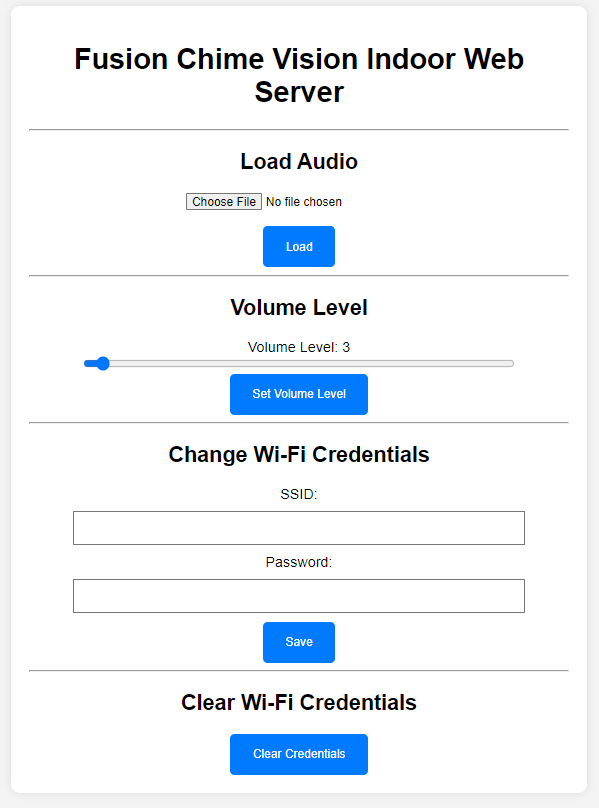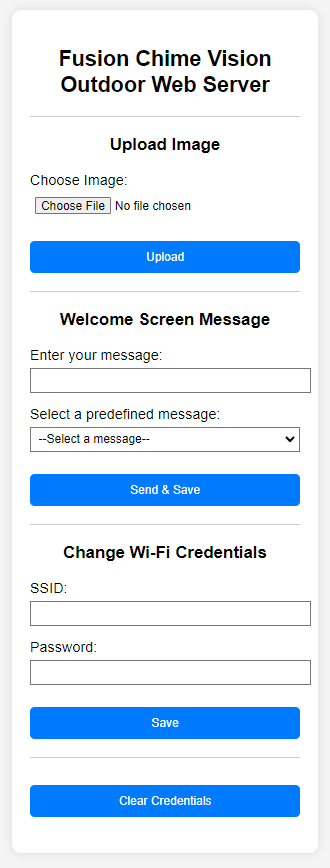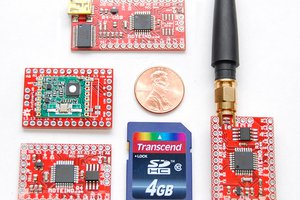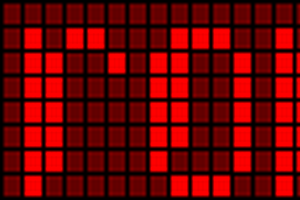Customizable Screen Messages(First of its Kind): Display personalized text, welcome messages, or WordArt images on the screen to greet visitors with a special message as they approach your door.
PIR Sensor for Security and Image Recording: Equipped with a motion-detecting PIR sensor, the device instantly captures a photo when movement is detected. These images are stored within the device, allowing you to review them from the home assistant or WEB later.
Audio Recording Feature: When the PIR sensor is triggered, the device not only captures a photo but also records ambient sound through the outdoor unit. This provides an additional layer of security by letting you listen to what was said at the door when movement is detected.
Music and Volume Control: You have the flexibility to adjust the sound or music volume playing from the indoor unit, allowing you to greet visitors with the tone of your choice.
With these features, Fusion Chime Vision goes beyond a simple doorbell, providing your home with both personalization and enhanced security—all without requiring a battery.
More Technical Details
Have you ever wondered why smart doorbells require batteries?
The Origin of Fusion Chime Vision
Many of us are familiar with older systems where door chimes operated via an electromagnet. For a while, I’d been dissatisfied with the sound of the doorbell in my home. So, I thought of creating a module that would allow me to change the chime sound using an ESP32. However, after some consideration, I realized that the transformer only supplies power to the chime when the button is pressed. This revealed that building a simple project to change the doorbell sound wouldn’t be as straightforward as I initially thought.
Technical Challenges and the Search for a Solution
To address this issue, I had to make a few adjustments on the button side as well. I then started examining smart doorbells on the market and found that almost all of them are either rechargeable or battery-operated. This limitation exists because traditional transformer-supported systems don’t provide continuous power. In conventional systems, the transformer supplies power to the chime only when the button is pressed, which creates a challenge in powering an electronic system that needs to run continuously.
There may be such a system on the market, but I couldn’t find one. The lack of a screen on any smart doorbell also suggested to me that no one has adequately tackled this power distribution issue. In battery-operated systems, using a screen is nearly impossible, as a screen would drain the battery rapidly due to its constant power consumption.
So, How Does This System Work? As shown in the diagram above, the system consists of two parts: the indoor unit and the outdoor unit. These two units operate over the same wiring while meeting different power needs. The indoor unit uses the positive half of the sine wave, while the outdoor unit utilizes the negative half. This innovative phase-sharing approach allows both the indoor and outdoor units, connected in series, to operate continuously without interruption.
What Happens When the Button is Pressed?
When the button is pressed, one of the diodes in series creates a short circuit, and the voltage drop on the supply to the indoor unit is bypassed. This causes the input voltage to increase. By sampling this voltage rise with an ADC (Analog-to-Digital Converter), it becomes possible to detect that the button has been pressed.
This method provides an effective way to power both an indoor unit and an outdoor unit with a continuous-power screen, all without the need for a battery.
Seeking Your Feedback and Insights on Fusion Chime Vision
I would love to hear your thoughts, feedback, and any suggestions from the community on this project. Your insights and support are invaluable . Thank you for being a part of this journey!
Here are some examples for notifications:
1. General... |
 Suleyman
Suleyman






I would love to hear your thoughts, feedback, and any suggestions...